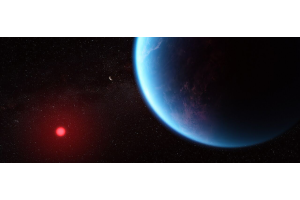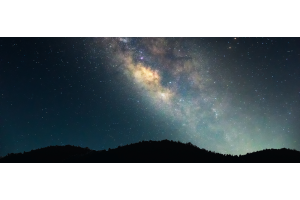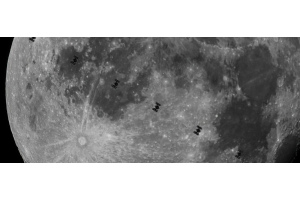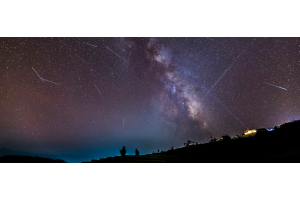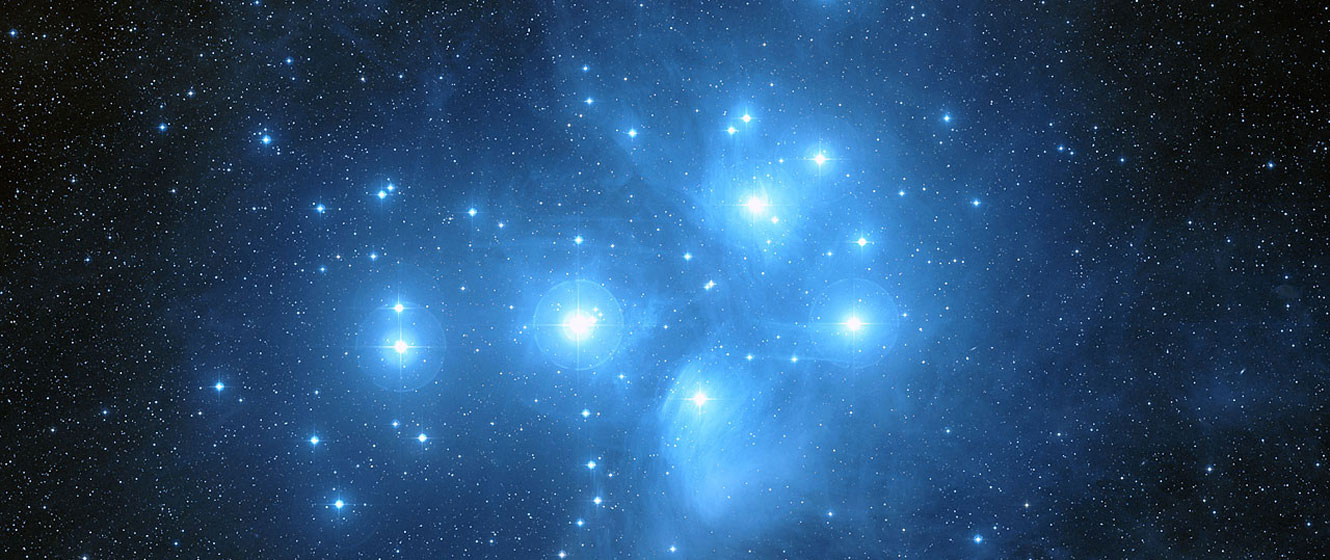
In this episode of What's in the Sky this Month, Teagan reviews some of the beautiful celestial objects you can see in the month of December 2023!
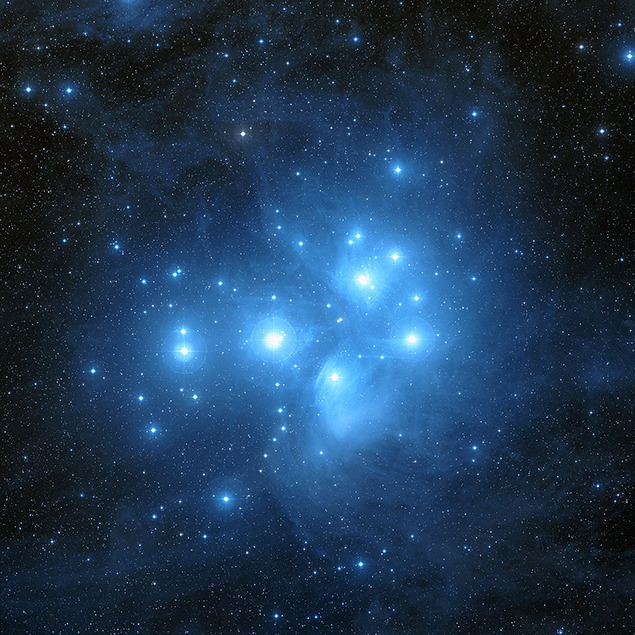
Image credit: Davide De Martin & the ESA/ESO/NASA
Photoshop FITS Liberator
Messier 45 - The Pleiades
- Type: Open Star Cluster
- Constellation: Taurus
- Distance: 430 light-years
- Magnitude: 1.5
- Apparent Diameter: 120’
By far the most famous - and most photographed - star cluster in the entire night sky, the Pleiades have been known since antiquity. Many people know the group as the Seven Sisters, but in reality, most observers can only count six stars with the naked eye. Since the cluster appears unusually large in our sky, this is one deep sky object that’s best observed with binoculars or a telescope with very low magnification.
Even 7x35 binoculars will reveal a smattering of much fainter stars surrounding the brighter members, while regular 10x50s will also provide a fine view. Larger binoculars can provide a view that rivals or even surpasses the view through a telescope.
OUR NEAREST NEIGHBORS
Mars is too close to the Sun to be visible, but Mercury reaches elongation in the evening sky on the 4th, with a crescent Moon to its upper left on the 14th. Mercury is then lost within the Sun’s glare a few days later. Saturn is also visible in the evening sky, but you’ll only have a few hours before it sinks too low in the west. A crescent Moon joins it on the 17th. Neptune moved into Aquarius from Pisces on November 29th. It resumes prograde motion on the 6th and then ends its brief visit on the 8th when it returns to Pisces again. Jupiter reached opposition last month and is high over the southern horizon by mid-evening. Like Neptune, it’s also retrograde but doesn’t resume prograde motion until the 31st. Jupiter and Uranus share tenure of Aries, but at magnitude 5.6, Uranus is not nearly as bright. However, it can still be detected with binoculars, with both being visible throughout much of the night. Venus dominates the predawn sky, with a crescent Moon to its left on the 9th. The Moon itself turns new on the 12th and then full on the evening of the 26th.
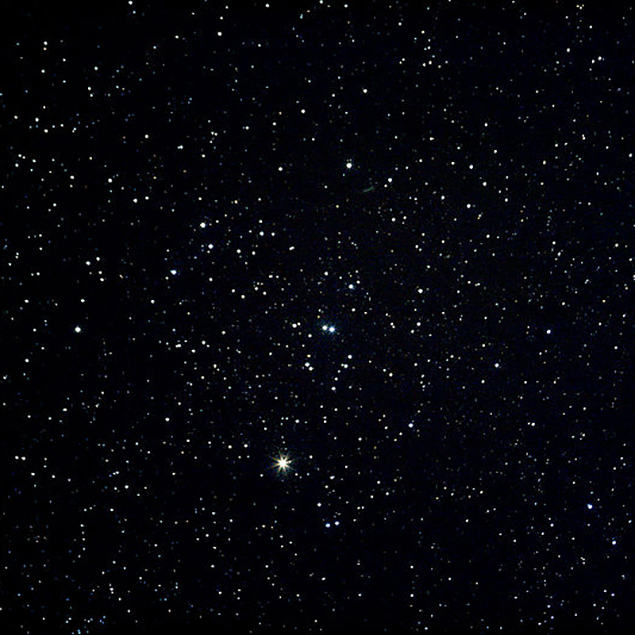
Image credit: Todd Vance
Melotte 25 - The Hyades
Like the Pleiades, the Hyades are an easy target for beginners and a favorite with naked eye and binocular observers alike. Most of the stars (except Aldebaran) are roughly the same brightness but with a smattering of fainter background stars. Look out for Theta Tauri, a pretty double just to the west of Aldebaran.
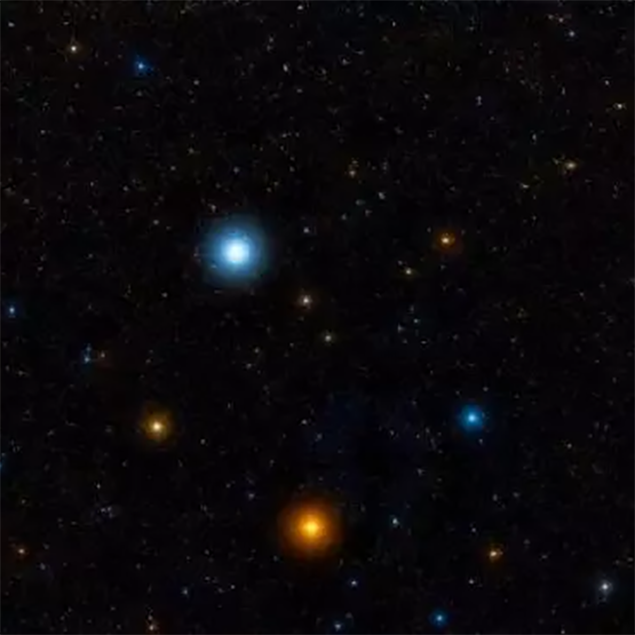
Image credit: Wikisky
Beta Persei - Algol
Algol is probably the best example of a variable star in the entire night sky. It’s easy to observe, as it always remains visible to the naked eye, and has a short period of 2.8673 days. It’s typically magnitude 2.1, the same magnitude as Almach, but at minima, it dims to magnitude 3.4, much closer to Misam (Kappa Persei), its magnitude 3.8 neighbor just to its north.
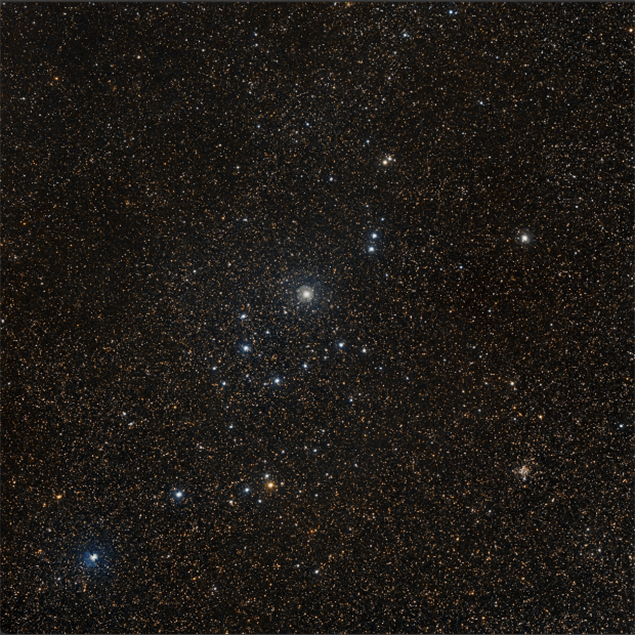
Image credit: Leonardo Orazi
Collinder 39 - The Alpha Persei Association
A little to the northeast of Algol is Mirfak, or Alpha Persei, the constellation’s brightest star, and you may notice a sprinkling of much fainter stars surrounding it. Like the Pleiades and Hyades, the cluster is a fine view through binoculars, with Mirfak forming a circle with five other blue-white stars and numerous fainter stars scattered throughout the view.
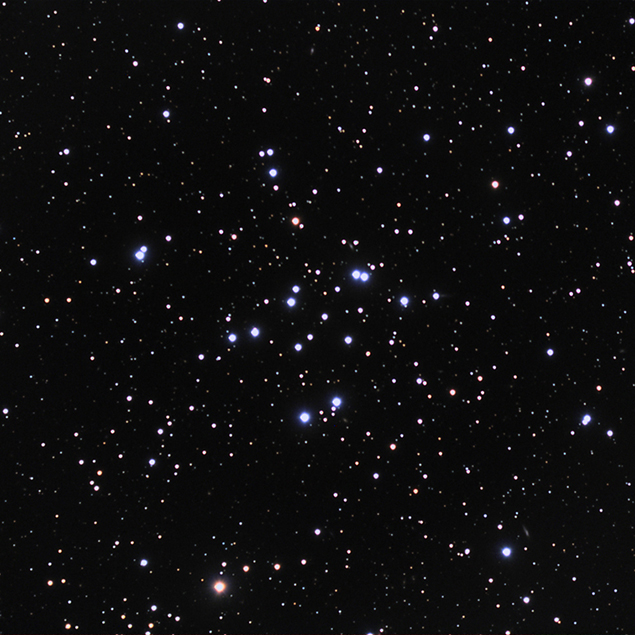
Image credit: Jim Mazur
Messier 34
Messier 34 is easily spotted with binoculars within the same field of view as Algol, just five degrees to the east. Telescopically, you’ll see a relatively sparse cluster that’s a little reminiscent of the Beehive, with a number of bright doubles scattered across the field. In particular, look out for a bright pairing of stars towards the east and a row of three doubles at its center.
STELLAR CONCEPTS
Open Star Cluster: A close group of stars, often numbering in the hundreds or even thousands, that formed from the same cloud of gas and dust in space. As such, they’re usually young, blue-white stars that are still relatively close together. The clusters can vary considerably in size and density, and many of the clusters have nicknames based on the shapes they appear to form.






